Growth in Energy Storage Solutions
The Carbon Nanofibers Market is witnessing growth driven by the increasing demand for energy storage solutions. With the rise of renewable energy sources, there is a pressing need for efficient energy storage systems, such as batteries and supercapacitors. Carbon nanofibers are being integrated into these systems to enhance their performance, offering improved conductivity and energy density. Recent studies indicate that the incorporation of carbon nanofibers can increase the capacity of lithium-ion batteries by up to 30%. This enhancement is crucial as the world shifts towards sustainable energy solutions. The energy storage market is expected to expand significantly, with projections indicating a market size reaching several billion dollars by 2027. Consequently, the Carbon Nanofibers Market stands to gain from this trend as manufacturers seek innovative materials to meet the growing energy demands.
Advancements in Composite Materials
The Carbon Nanofibers Market is experiencing growth due to advancements in composite materials. Carbon nanofibers are increasingly being incorporated into composite materials to enhance their mechanical properties, such as strength and durability. This trend is particularly evident in industries such as aerospace and automotive, where lightweight and high-strength materials are essential. The composite materials market is expected to reach a valuation of over 100 billion dollars by 2026, with carbon nanofibers playing a crucial role in this expansion. The ability of carbon nanofibers to improve the performance of composites while reducing weight is likely to attract manufacturers looking for competitive advantages. As industries continue to prioritize efficiency and performance, the Carbon Nanofibers Market is well-positioned to capitalize on these advancements.
Rising Demand in Medical Applications
The Carbon Nanofibers Market is also benefiting from the rising demand for medical applications. Carbon nanofibers are being explored for use in various medical devices, including biosensors, drug delivery systems, and tissue engineering scaffolds. Their biocompatibility and mechanical strength make them suitable for these applications, potentially revolutionizing the medical field. The global market for medical devices is projected to grow at a compound annual growth rate of approximately 5% over the next few years, which could lead to increased investments in research and development of carbon nanofiber-based products. As healthcare continues to advance, the integration of carbon nanofibers into medical technologies may provide enhanced performance and patient outcomes, thereby driving growth in the Carbon Nanofibers Market.
Increasing Applications in Electronics
The Carbon Nanofibers Market is experiencing a surge in demand due to the increasing applications of carbon nanofibers in the electronics sector. These materials are utilized in the production of conductive films, sensors, and batteries, which are essential for modern electronic devices. The market for electronic components is projected to grow significantly, with estimates suggesting a compound annual growth rate of over 5% in the coming years. This growth is likely to drive the demand for carbon nanofibers, as manufacturers seek materials that enhance performance while reducing weight. Furthermore, the unique properties of carbon nanofibers, such as high electrical conductivity and thermal stability, make them ideal candidates for next-generation electronic applications. As the electronics industry continues to evolve, the Carbon Nanofibers Market is poised to benefit from these advancements.
Regulatory Support for Advanced Materials
The Carbon Nanofibers Market is likely to benefit from increasing regulatory support for advanced materials. Governments and regulatory bodies are recognizing the potential of carbon nanofibers in various applications, leading to initiatives that promote research and development. This support may include funding for innovative projects and the establishment of standards for the safe use of nanomaterials. As regulations evolve, they could facilitate the entry of carbon nanofiber products into new markets, thereby expanding their applications. The regulatory landscape is expected to become more favorable, encouraging manufacturers to invest in carbon nanofiber technologies. This trend may ultimately drive growth in the Carbon Nanofibers Market, as companies seek to align with regulatory frameworks while developing cutting-edge materials.


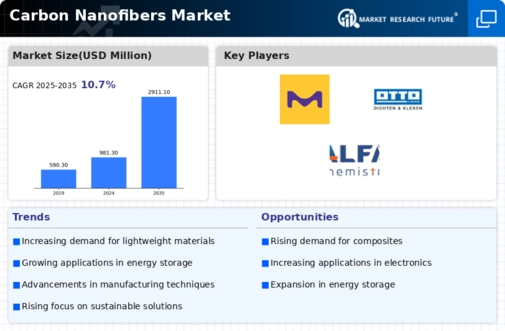
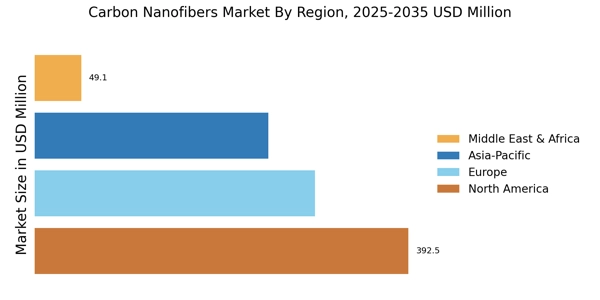
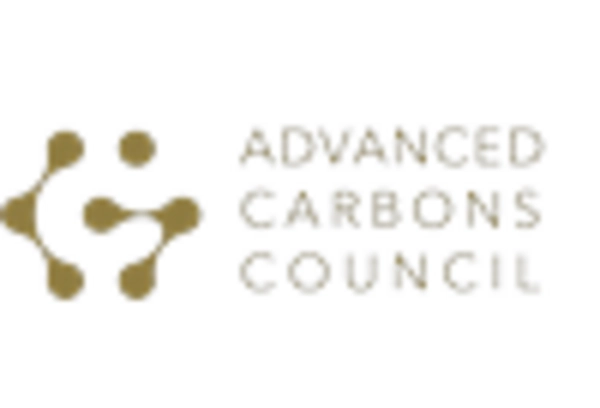
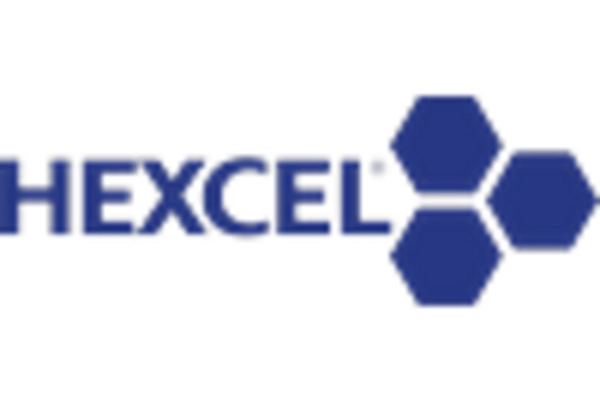
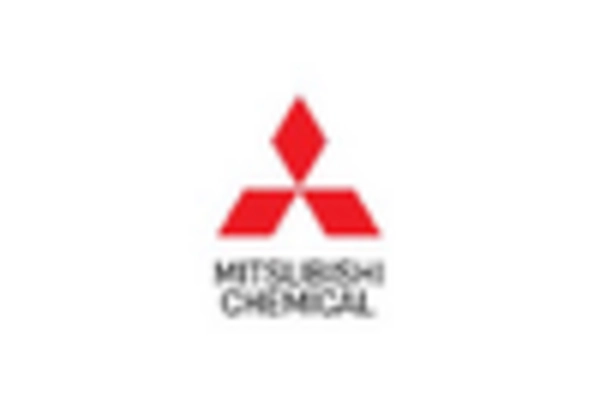
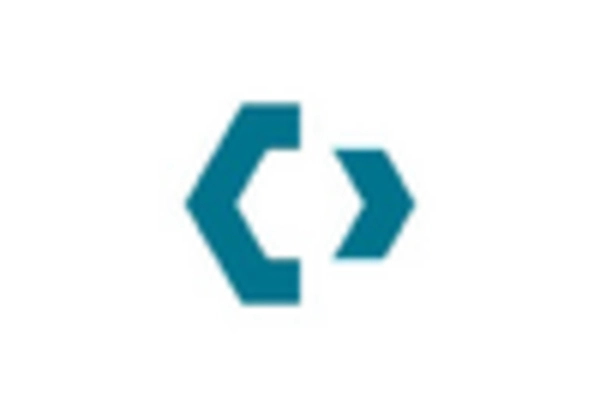
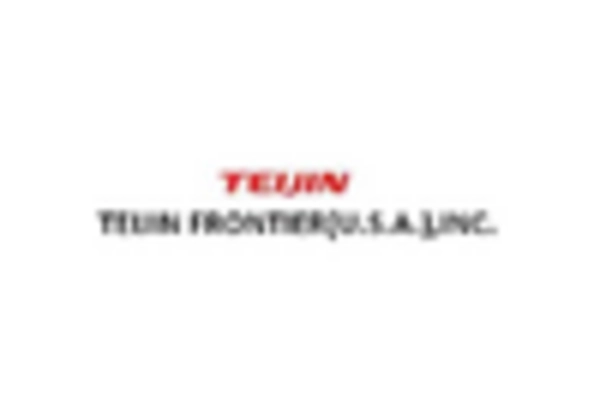
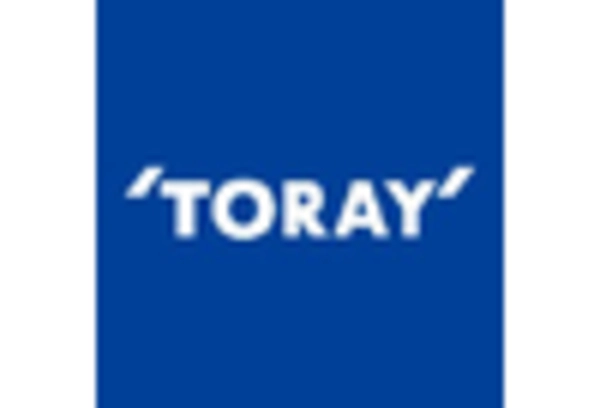








Leave a Comment